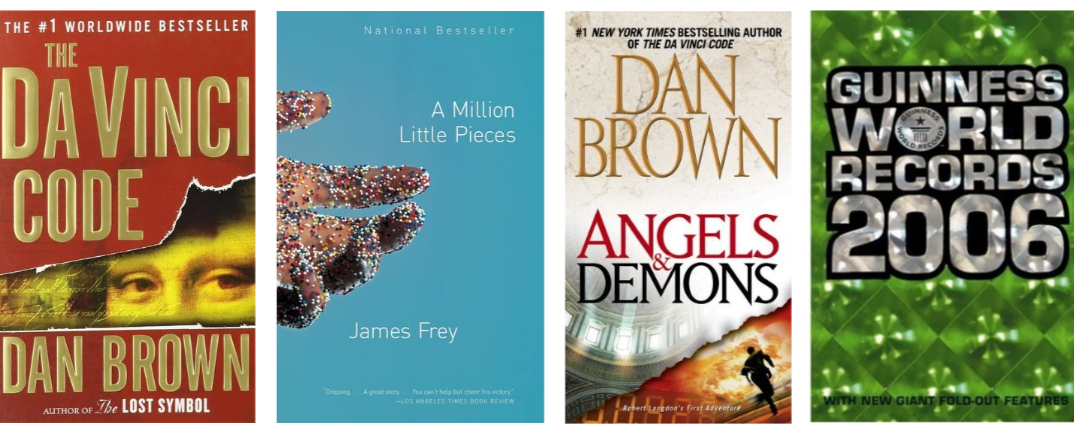Welcome to the second instalment of this blog series where individuals working across the book supply chain, from book production to distribution, wholesaling, bookselling, and more, share their visions of the book industry and what they think could be different in 2035.
We encourage anyone working in the industry, from interns to C-level executives, to share their visions of the book industry for this series by submitting their contributions through this short form. Thanks in advance for sharing your visions with us!
Book production & operations
In terms of book production and operations, an anonymous managing editor, predicted “[p]rint-on-demand will continue to expand, making it easier to publish books in a wide range of markets with many books printed directly in the area of demand (rather than being shipped from a warehouse). Publishing companies will be forced to diversify income streams and build relationships more directly with consumers in order to be less reliant on the fluctuating costs of creating and distributing print books, although that will remain a significant part of their identity.”
An anonymous, distribution professional agrees: “Books are travelling too much, for collectivity sales. We need to rethink the way to present books to these buyers. Hopefully, we will print on demand much more.”
Equity, diversity, and inclusion
An often-brought-up topic in the industry is equity, diversity, and inclusion (EDI), not only in terms of who gets published but also in terms of staffing and representation among decision-makers in the industry. On this topic, an anonymous managing editor, observed, “[t]he publishing industry and its management will become more diverse as efforts in these areas come to fruition and younger publishing professionals move up the ladder.”
Libraries
An anonymous public library administrator shared their thoughts on their visions for 2035 from the library perspective: “I think that digital collections will become more important. We are already seeing fewer people in the library because they read ebooks and listen to audiobooks on the Libby app. They sign up for a card, and then we don't see them until it's time to renew their library card. I believe we will be allocating more money to our digital collection, as the current wait time for a book on Libby is 102.4 days, which is too long.”
“Another priority that we have been discussing is the possibility of changing the digital lending model. With digital content, the titles are purchased from publishers for a specific timeframe or a specific number of checkouts. However, this only allows one patron to have the book at a time. Because of the nature of digital files, it would be very beneficial to allow multiple people to take out a title at one time. This wouldn't change the number of checkouts, those checkouts would just occur faster. Which would likely lead to purchasing more copies of that title, to satisfy reader needs.”
“For physical books, getting them faster would be a priority. Being able to have new releases catalogued and ready to go out the day they are released is a priority. With social media, our patrons are more connected to the book industry than before. They know when new titles by their favourite author are being released, and want a copy that day. They often know what they are looking for before they even come in the door.”
Your turn
We invite you to imagine a better book industry supply chain! What is one example of an aspect of the supply chain and your professional workflow that you think could be different in 2035 than it is today? Share your thoughts through this short form. Feel free to think expansively — and specifically.















The latest news out of the European Commission.